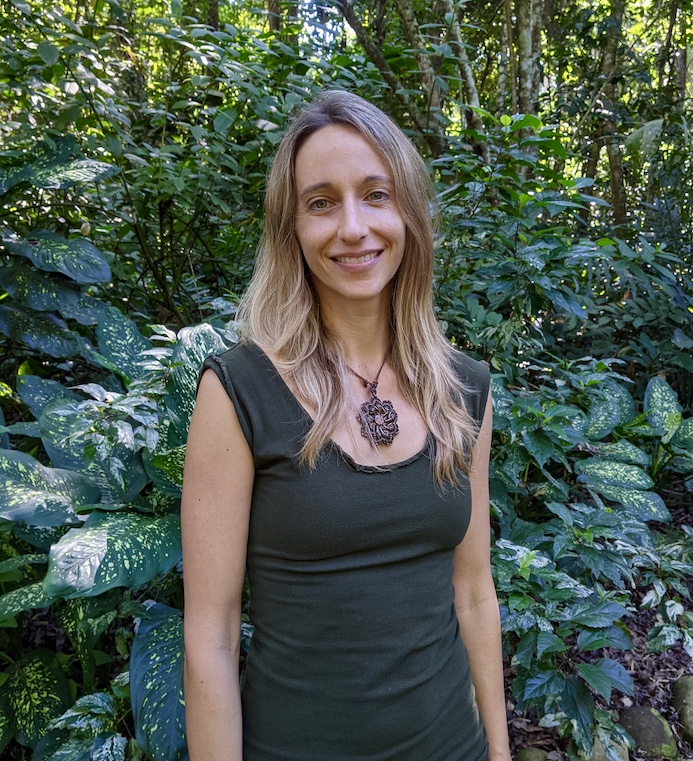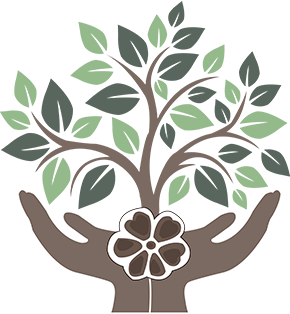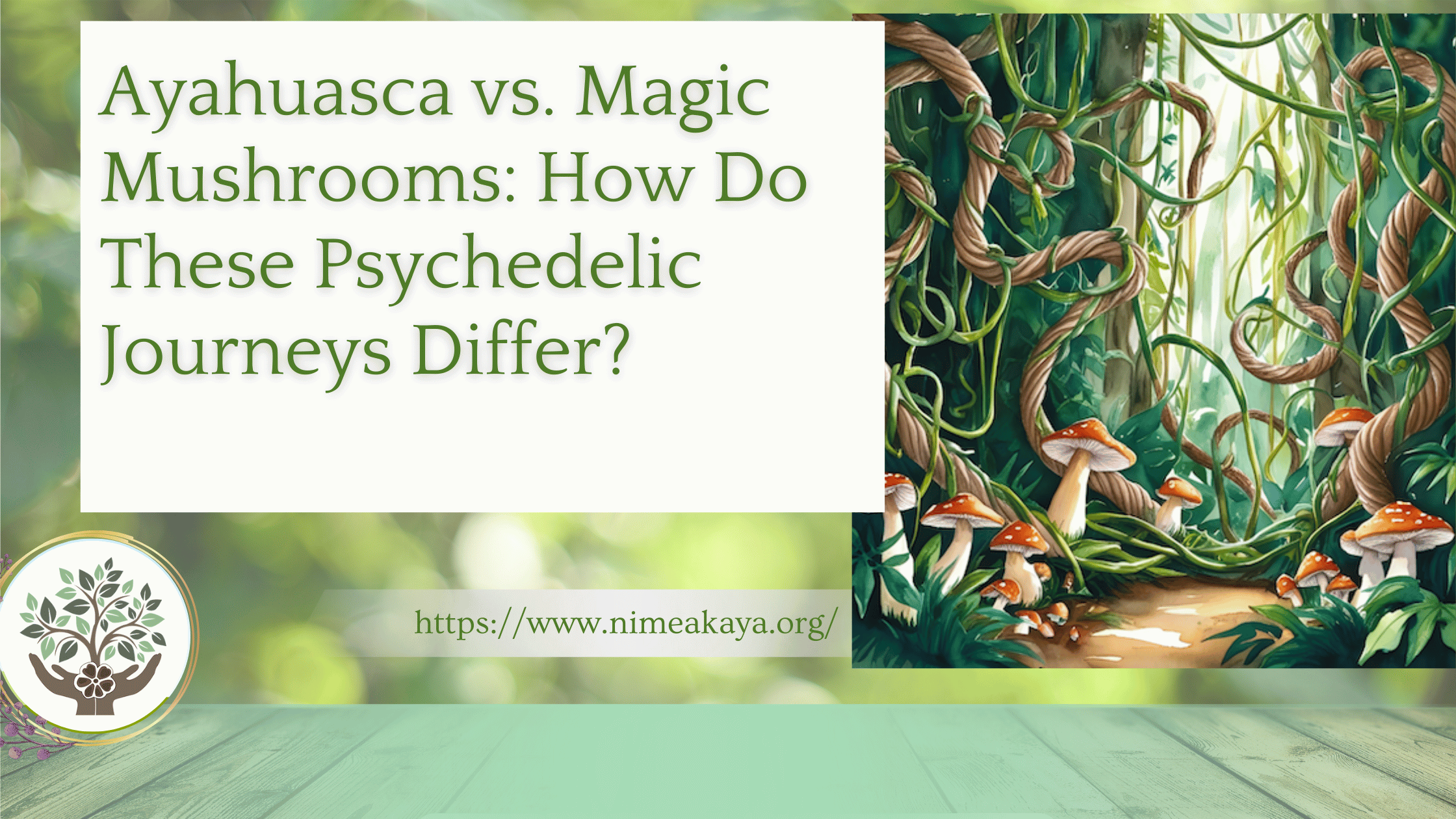Ayahuasca vs. Magic Mushrooms: How Do These Psychedelic Journeys Differ?
Both Ayahuasca and psilocybin mushrooms have been used for centuries as sacred plant medicines, offering profound spiritual, emotional, and psychological insights. While both can induce deeply transformative experiences, their effects, duration, and ceremonial use differ significantly.
At Nimea Kaya, we have guided thousands of individuals through their Ayahuasca journeys, witnessing the unique way this plant medicine facilitates healing and self-discovery. But how does an Ayahuasca journey compare to a mushroom trip? Let’s dive deep into the differences.
1. The Chemical Composition: DMT vs. Psilocybin
The primary active ingredient in Ayahuasca is DMT (N,N-Dimethyltryptamine), a powerful psychedelic compound found in the Psychotria viridis plant. When combined with Banisteriopsis caapi, which contains MAO inhibitors, DMT becomes orally active and induces a long-lasting visionary experience.
In contrast, magic mushrooms contain psilocybin, which is metabolized in the body into psilocin, a compound that interacts with serotonin receptors in the brain. While both substances activate similar brain regions, their effects on consciousness and perception can be quite distinct.
At Nimea Kaya, we often explain that while psilocybin mushrooms can provide introspective and mystical experiences, Ayahuasca tends to go much deeper, often feeling more like a teacher guiding you through personal and ancestral healing.
2. The Nature of the Experience: Guided vs. Free-Flowing
An Ayahuasca journey is highly structured, often taking place in a ceremonial setting with the guidance of experienced Shipibo healers and facilitators. The brew is consumed in a sacred space, with specific chants (icaros) sung to guide the experience. This creates a powerful and intentional container for healing, allowing participants to surrender to the process.
On the other hand, a mushroom trip is typically more free-flowing and can be experienced in various settings—alone, with friends, or in nature. While some people choose to take mushrooms in ceremonial or therapeutic settings, they are often used recreationally, which can influence the depth and direction of the experience.
At Nimea Kaya, we emphasize the importance of ceremony and intention, as this creates a safe space for deep healing and meaningful transformation.
3. The Duration of the Journey
One major difference between the two experiences is how long they last:
- Ayahuasca: Typically 4 to 6 hours, with effects peaking within the first 2 hours. However, residual effects and deep introspection can continue for several days.
- Psilocybin mushrooms: Last 4 to 6 hours, with a peak around 90 minutes to 2 hours in, but the comedown tends to be smoother compared to Ayahuasca.
Because Ayahuasca is often consumed multiple times over several nights in a retreat setting, its effects can compound, leading to deeper breakthroughs.
4. The Intensity and Depth of Healing
Both Ayahuasca and mushrooms can induce powerful emotional and spiritual experiences, but Ayahuasca is often considered more intense and confrontational. It has a way of bringing deeply buried traumas to the surface, forcing individuals to face and integrate them. This is why Ayahuasca is commonly sought for deep psychological healing, shadow work, and trauma resolution.
Mushrooms, while also capable of uncovering subconscious material, are often described as more playful, mystical, and visual, with less emphasis on structured healing. People who take mushrooms recreationally may experience euphoria and profound insights, but without the intentional guidance of a structured ceremony, the depth of healing can vary.
At Nimea Kaya, many guests come specifically for Ayahuasca’s ability to heal trauma, depression, and anxiety in a profound way that they haven’t experienced with other psychedelics.
5. The Role of Purging: A Key Difference
One of the most distinct aspects of an Ayahuasca journey is purging—a physical and energetic release that can include vomiting, sweating, crying, or even deep emotional catharsis. This purge is considered a cleansing process, removing energetic blockages and past traumas from the body.
With psilocybin mushrooms, purging is much less common. While some people experience nausea at the onset, mushrooms generally do not induce the same kind of intense physical purging that Ayahuasca does.
At Nimea Kaya, we see purging as an essential part of the healing process, allowing individuals to release what no longer serves them, making way for renewed clarity and transformation.
6. The Aftereffects: Integration and Long-Term Impact
After an Ayahuasca journey, individuals often experience a profound sense of clarity, emotional release, and connection to their life’s purpose. However, integration is key—without properly processing the experience, its transformative potential can be lost.
At Nimea Kaya, we emphasize Ayahuasca integration, providing guests with tools, support, and guidance to apply their insights to everyday life. The effects of an Ayahuasca ceremony can continue to unfold for weeks, months, or even years after the experience.
Mushrooms, while also providing profound insights, tend to have a gentler afterglow. People often feel more connected to nature, others, and their emotions, but the lasting impact may not be as deeply structured unless paired with intentional integration.
Which One is Right for You?
Both Ayahuasca and mushrooms offer powerful experiences, but their effects and applications differ. If you are seeking a structured, deeply healing journey in a ceremonial setting with trained facilitators, Ayahuasca at Nimea Kaya may be the path for you.
If you’re looking for a more self-guided, mystical, and introspective journey, mushrooms may be a better fit.
Ultimately, the best choice depends on your intentions, readiness, and the level of healing you are seeking.
Ready to Experience Ayahuasca?
If you feel called to explore the deep healing power of Ayahuasca, we invite you to join us at Nimea Kaya. Our retreat center offers a safe, supportive environment for profound transformation, guided by experienced Shipibo healers and facilitators.
Learn more about our Ayahuasca retreats here and take the next step on your journey toward healing, self-discovery, and spiritual awakening.
About the Author – Jill LEvers

Jill Levers has been passionately writing about Ayahuasca for nearly 20 years, sharing her insights and experiences to inspire and educate others about its profound healing potential. Ayahuasca has played a transformative and central role in her life and work. Her first encounter with sacred medicine in Peru in 2007 marked a profound turning point in her spiritual journey. During her second ceremony, Jill felt a deep calling from Ayahuasca to dedicate her life to helping others heal and transform.
This experience inspired her to co-found the Tierra Vida Healing Center in 2008, which later evolved into the Nimea Kaya Healing Center in 2013. For over 17 years, Jill has served as a bridge between the Western world and the traditional Shipibo culture, organizing Ayahuasca retreats, assisting guests with integration, and supporting individuals on their paths to personal growth and healing.

